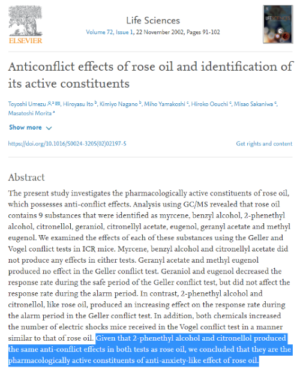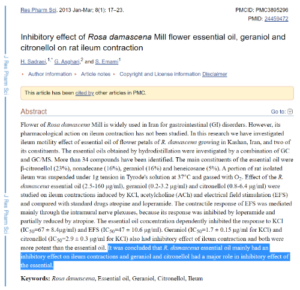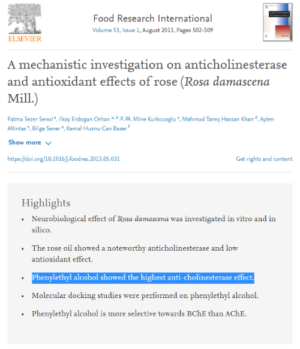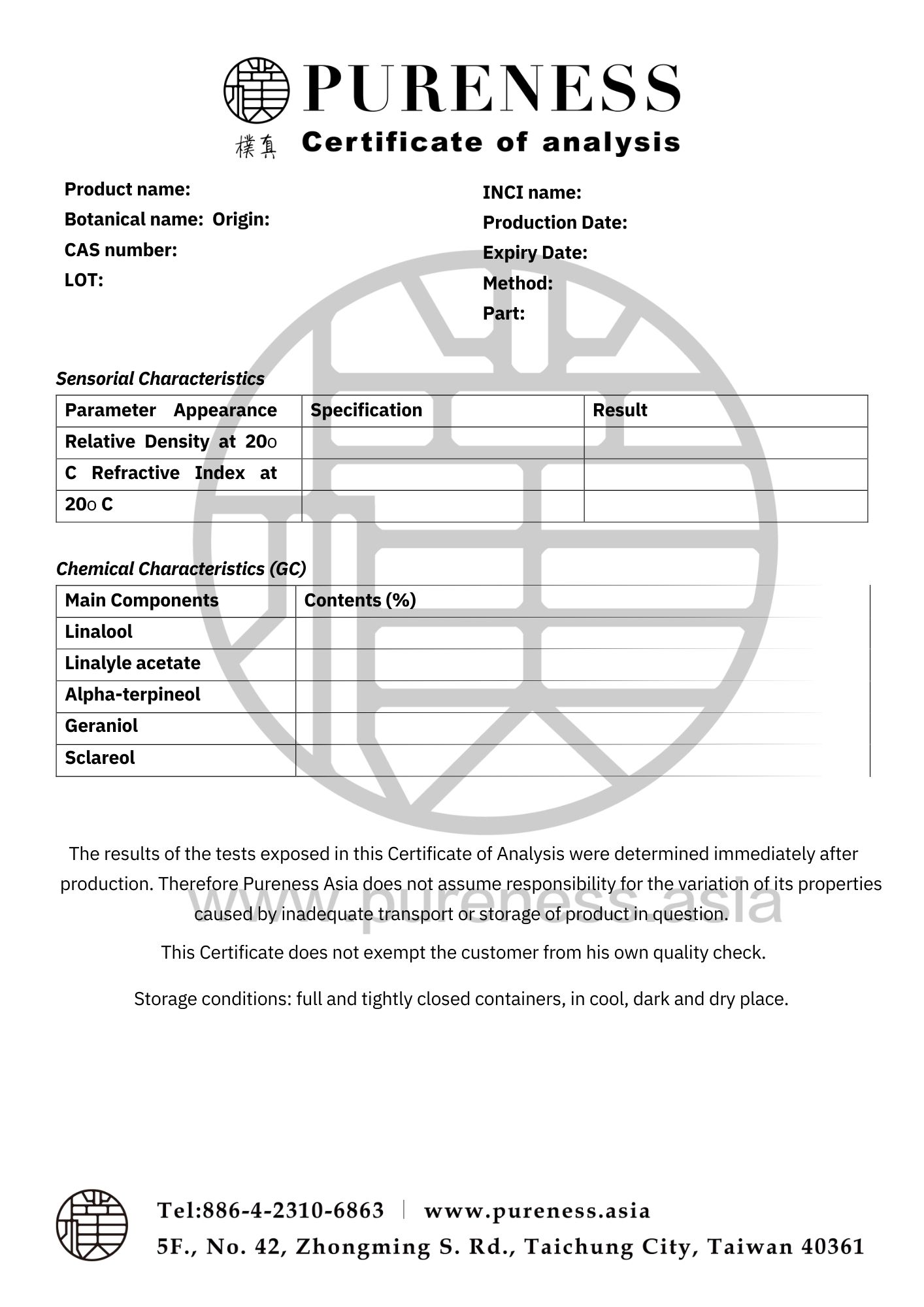
Damask Rose
Nama latin|Rosa damascena
Tempat asal|Bulgaria
Klasifikasi|Seri Bunga
Spesifikasi|500g-25kg Silakan hubungi sales untuk lebih detailnya
Bagian ekstraksi|Bunga
Metode ekstraksi|Distilasi
Keluarga tumbuhan|Rosaceae
Aroma|Aroma bunga yang segar dan lembut
▎Pengantar Minyak Esensial
Damask rose (Rosa damascene) diibaratkan sebagai iman, kemurnian, cinta dan keindahan. Orang Iran juga menyebut mawar sebagai "bunga nabi". Damask rose, disebut juga mawar Persia, ditemukan di Persia (sekarang adalah Iran), dan asli berasal dari Suriah, sehingga dinamai sesuai ibu kotanya. Kemudian, pada masa Perang Salib, jenis mawar ini dibawa kembali ke Eropa, dan Kota Damask ini menjadi pusat distribusi mawar jenis tersebut, sehingga diganti namanya menjadi Damask Rose.
Damask rose juga diakui sebagai jenis mawar berkualitas tinggi di dunia. Keharuman bunga yang murni dan lembut menjadikannya yang paling wangi dan kelas atas di antara rempah-rempah mawar. Oleh karena itu, banyak ditanam untuk mengekstrak minyak atsiri mawar, hidrosol mawar, dan produk lainnya. Damask rose hydrosol larut dalam air dan memiliki fungsi melembabkan, menghilangkan rasa gatal, dan menunda penuaan. Saat ini Damask rose dengan kualitas terbaik diproduksi di Kazanlak, Lembah Mawar di Bulgaria. Musim panen Mei hingga Juni setiap tahun menarik wisatawan dari seluruh dunia untuk berkunjung, dengan harapan dapat melihat penampilan menawan Damask rose.
▎Analisis Bahan
|Bahan Utama:Monterpene Alcohol
Komponen utama umum mawar adalah Citronellol (24,47–42,97%), Nonadecane (6,44–18,95%), Geraniol (2,11–18,04%), Etanol (0,00–13,43%), Heneicosane (2,28–8,90%), Nerol (0,75–7,57%), 1‐nonadecene (1,80–5,40%), Linalool (0,7–2,8%), Phenylethyl alcohol (1,2-1,9%).
|Bahan 1:Citronellol

▸ Di antara produk alam, ia memiliki R-(+)-citronellol, yang terutama ditemukan pada minyak atsiri Citronella, dan S-(−)-citronellol, yang terutama ditemukan pada tanaman dari genus Rosa dan Geraniaceae.

▸ Terdapat penelitian citronellol terhadap sistem saraf, Candida albicans dan Cryptococcus.
|Bahan 2:Geraniol

▸ Terdapat penelitian terhadap fungsi saluran cerna dan sakit perut.
|Bahan 3:Nerol

▸ Terdapat penelitian terkait mengenai molekul aktif Nerol pada bakteri.
|Bahan 4:Phenylethyl alcohol

▸ Ada penelitian terkait tentang efek antioksidan asetilkolinesterase (AChE), butyrylcholinesterase (BChE) dan DPPH.
|Sertifikasi Bahan Baku
Untuk mendapatkan informasi sertifikasi yang relevan, silakan hubungi kami.
▎Referensi
- J. Hoare, 英國IFA芳香療法聖經, 新北市: 大樹林出版社, 2015.
- Boskabady, Mohammad Hossein, et al., "Pharmacological Effects of Rosa Damascena," Iranian journal of basic medical sciences, vol. 4, no. 14, p. 295, 2011.
- Basim, E., and H. Basim., "Antibacterial activity of Rosa damascena essential oil," Fitoterapia, vol. 4, no. 74, pp. 394-396, 2003.
- A. Bayrak and A. Akgül, "Volatile oil composition of Turkish rose (Rosa damascena).," Journal of the Science of Food and Agriculture, vol. 4, no. 64, pp. 441-448, 1994.
- Verma, Ram Swaroop, et al., "Volatile constituents of essential oil and rose water of damask rose (Rosa damascena Mill.) cultivars from North Indian hills," Natural product research,vol. 17, no. 25, pp. 1577-1584, 2011.
- Baser, K. H. C., M. Kurkcuoglu, and T. Ozek.,"Turkish Rose Oil Research Recent results.," Perfumer and Flavorist, vol. 2, no. 28, pp. 34-43, 2003.
- Katsukawa, Michiko, et al., "Citronellol and geraniol, components of rose oil, activate peroxisome proliferator-activated receptor α and γ and suppress cyclooxygenase-2 expression.," Bioscience, biotechnology, and biochemistry, vol. 5, no. 75, pp. 1010-1012, 2011.
- J. Lawless, The Illustrated Encyclopedia of Essential Oils., 1995.
- Umezu, Toyoshi, et al., "Anticonflict effects of rose oil and identification of its active constituents.," Life sciences, vol.1, no. 72, pp. 91-102, 2002.
- Sadraei, H., G. Asghari, and S. Emami., "Inhibitory effect of Rosa damascena Mill flower essential oil, geraniol and citronellol on rat ileum contraction.," Research in Pharmaceutical Sciences, vol. 1, no. 8, p. 17, 2013.
- Gochev, Velizar, et al., "Comparative evaluation of antimicrobial activity and composition of rose oils from various geographic origins, in particular Bulgarian rose oil.," Natural Product Communications, vol. 7, no. 3, p. 1934578X0800300706, 2008.
- T. H. C. e. a. Marques, "Evaluation of the neuropharmacological properties of nerol in mice.".2013.
- Senol, Fatma Sezer, et al., "A mechanistic investigation on anticholinesterase and antioxidant effects of rose (Rosa damascena Mill.)," Food research international, vol. 1, no. 53, pp. 502-509, 2013.
- Halawani, Eman M., "Antimicrobial activity of Rosa damascena petals extracts and chemical composition by gas chromatography-mass spectrometry (GC/MS) analysis.," AfricanJournal of Microbiology Research, vol. 24, no. 8, pp. 2359-2367, 2014.
|Beberapa gambar berasal dari internet. Jika ada pelanggaran, silakan hubungi kami untuk menghapusnya|





